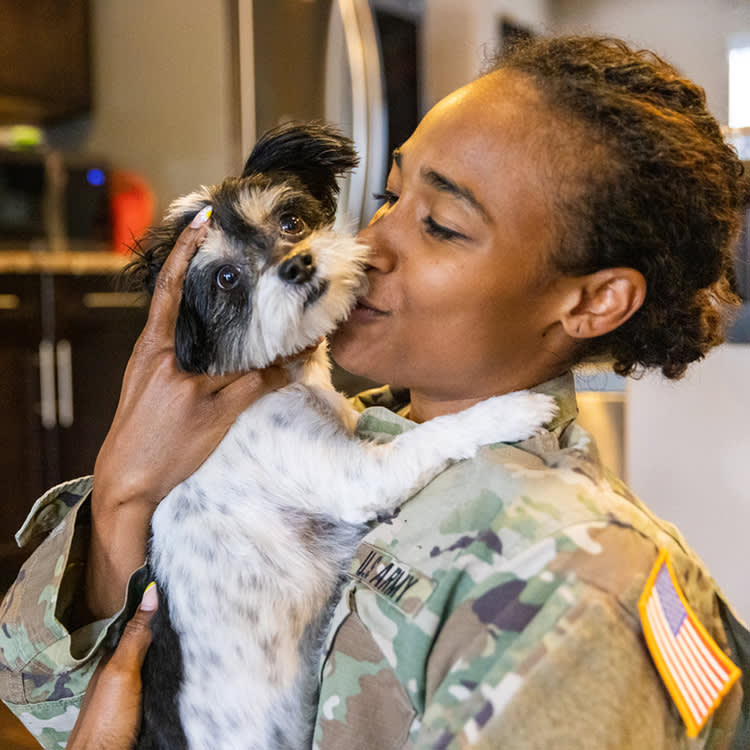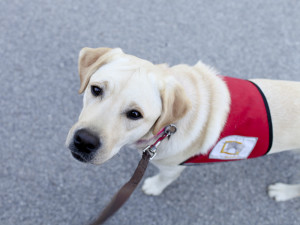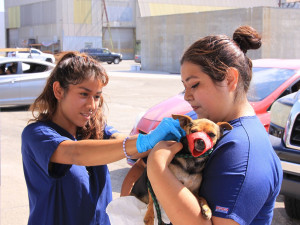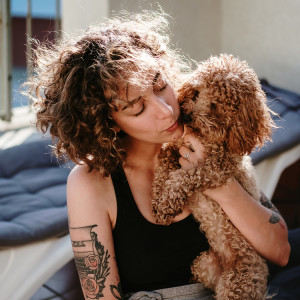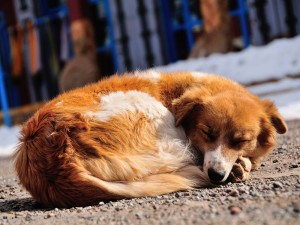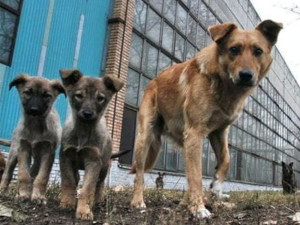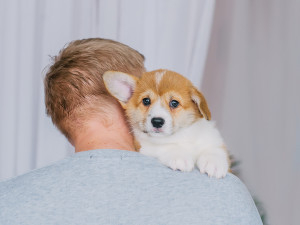Leave No Paws Behind Ensures Military Pets Can Stay With Their People
The organization provides transportation funds so military families and their pets can be what they like best: together.
Members of military families know what a unique lifestyle they lead. They are often on the move, sometimes with little notice. And where they go, their pets go. This means their animal family members face challenges — not seen by the civilian community — and not taken into consideration during difficult moves.
One of the biggest stressors? The overseas duty move. It’s often not as simple as just buying the correct-sized crate and getting the veterinarian paperwork finished. It is an arduous, expensive, stressful navigation that typically turns into a maze of problems to circumvent — and the outcome isn’t always in favor of the main character here: the pets.
Trick question: All dogs are perfect! But find out which type is the best fit for you.
Leave No Paws Behind USAopens in new tab was founded on the personal and shared experiences of the difficulties of transporting military pets overseas. Founder Liz Hensel, USMC veteran and spouse, was first made aware of the difficulties of overseas pet transportation when her family had to relocate to Iwakuni with her service dog and companion, Prince. After connecting with other families, she found a common theme in transporting military pets overseas: a lot of money, a lot of work in very little time, and even more insecurity that pets either won’t be join their families or travel back with them.
On a regular basis, military families reach out, not just seeking guidance or aid, but to share their own experiences. The Bartell family, USMC, told Leave No Paws Behind USA the harrowing story of being separated from their kittens when they were emergency-evacuated back to the United States from Uzbekistan. Thankfully, they had a trusted friend to care for the kittens, but it would be a year, several plane rides, and thousands of dollars later before they were reunited and made a whole family again.
How much do you spend on your pet per year?
It was my own story that drew me to work with the organization. My husband, a US Marine, received the opportunity to spend 18 months in Luxembourg as a whole family. Our two dogs would remain behind in California with my mom until our home in Luxembourg was ready for them to join us. Because our dogs couldn’t travel with us initially, their transportation costs were going to be $4,400 each just to get them overseas safely. However, having arrived in January of 2020, we had no idea that the European Union would shut down travel just a few short weeks later due to the COVID-19 pandemic. We, very unexpectedly, had to adjust to long-term life without our dogs, the furry loved ones who made our daily lives as a military family so much easier and bearable.
Leave No Paws Behind USA helps military families and their pets worldwide, through providing grants to help cover transportation costs, which range from $3,000-10,000 per pet, each way. Leave No Paws also provides resources for pet parents as they deal with airlines. The organization has also been delving into political advocacy by working with senators to implement pet transportation stipends into the military overseas move budget.
